Sip in Style: Designing a Custom Wine Cellar That Will Make Your Friends Jealous
Having a custom wine cellar is not only a luxury but also a practical investment for wine enthusiasts. A wine cellar provides the ideal environment for storing and aging wine, preserving its quality and ensuring that it reaches its full potential. Additionally, a well-designed wine cellar can add value to a home and create a beautiful space to showcase a wine collection.
One of the main benefits of having a custom wine cellar is the ability to control the temperature and humidity levels. Wine is sensitive to fluctuations in temperature and humidity, and exposure to these changes can cause it to spoil or age prematurely. A custom wine cellar allows you to maintain a consistent temperature and humidity level, providing the optimal conditions for storing and aging wine.
Furthermore, a custom wine cellar adds value to a home. Wine cellars are considered a luxury feature and can be a selling point for potential buyers. A well-designed and well-maintained wine cellar can increase the overall value of a property. Whether you are a serious collector or simply enjoy having a few bottles on hand, a custom wine cellar is an investment that will enhance your enjoyment of wine and add value to your home.
Assessing Your Wine Collection: Understanding Your Storage Needs
Before designing your custom wine cellar, it is important to assess your wine collection to determine your storage needs. Factors such as bottle size, quantity, and frequency of consumption will all play a role in determining the size and layout of your wine cellar.
Firstly, consider the size of your bottle collection. If you primarily collect standard 750ml bottles, you will need less space compared to someone who collects larger format bottles such as magnums or jeroboams. Additionally, take into account the quantity of bottles you have or plan to acquire in the future. This will help determine how much storage space you will need.
Secondly, consider how often you consume your wine. If you regularly drink your wine and have a high turnover rate, you may want to prioritize accessibility and organization in your wine cellar design. On the other hand, if you are primarily collecting wine for aging purposes, you may want to focus on maximizing storage capacity and creating an environment that promotes proper aging.
By assessing your wine collection and storage needs, you can ensure that your custom wine cellar is designed to meet your specific requirements.
Designing Your Wine Cellar: Choosing the Right Layout and Materials
When designing a custom wine cellar, it is important to consider factors such as location, insulation, and ventilation. These elements will impact the overall design and functionality of your wine cellar.
Firstly, consider the location of your wine cellar. Ideally, it should be located in a cool, dark area of your home that is away from direct sunlight and heat sources. Basements are often a popular choice for wine cellars due to their naturally cool and stable temperature. However, if a basement is not available, there are other options such as converting a spare room or building an underground cellar.
Next, consider the insulation of your wine cellar. Proper insulation is crucial for maintaining a consistent temperature and humidity level. Insulation materials such as foam board or spray foam can help create a barrier between the interior of the cellar and the outside environment.
Ventilation is another important factor to consider when designing a wine cellar. Proper ventilation helps circulate air and prevent mold or musty odors from developing. Ventilation can be achieved through the use of vents or fans that allow for air exchange.
By carefully considering the layout, insulation, and ventilation of your wine cellar, you can create a space that is both functional and aesthetically pleasing.
Temperature and Humidity Control: Ensuring Optimal Wine Storage Conditions
Temperature and humidity control are essential for maintaining optimal conditions in a wine cellar. Wine is sensitive to fluctuations in temperature and humidity, and exposure to these changes can cause it to spoil or age prematurely.
The ideal temperature for wine storage is between 55-59 degrees Fahrenheit (12-15 degrees Celsius). This temperature range allows the wine to age slowly and develop complex flavors. It is important to avoid extreme temperature fluctuations, as this can cause the wine to expand and contract, potentially damaging the cork and allowing air to enter the bottle.
Humidity levels in a wine cellar should be maintained between 50-70%. This range helps prevent the corks from drying out and allows for proper aging. If the humidity is too low, the corks can dry out and shrink, leading to oxidation. Conversely, if the humidity is too high, mold and mildew can develop.
To maintain optimal temperature and humidity levels, it is recommended to invest in a wine cellar cooling system. These systems are specifically designed to regulate temperature and humidity in a wine cellar. There are different types of cooling systems available, such as self-contained units, split systems, or ducted systems. The type of cooling system you choose will depend on factors such as the size of your wine cellar and your budget.
By ensuring proper temperature and humidity control in your wine cellar, you can preserve the quality of your wine and ensure that it ages gracefully.
Lighting and Decor: Creating a Beautiful and Functional Space
Lighting and decor play an important role in creating a beautiful and functional wine cellar. Proper lighting not only enhances the aesthetics of the space but also allows for easy navigation and visibility of the wine collection.
When it comes to lighting, it is important to choose fixtures that emit minimal heat. Heat from lighting can negatively impact the temperature and humidity levels in a wine cellar. LED lights are a popular choice for wine cellars as they produce little heat and can be easily dimmed or adjusted to create different atmospheres.
In terms of decor, consider using materials such as wood, stone, or metal to create a rustic and elegant look. Wine cellars often feature custom-made wine racks and shelving that not only maximize storage capacity but also add a touch of sophistication to the space. Additionally, consider incorporating a tasting area or seating area where you can enjoy your wine collection with friends and family.
By carefully selecting lighting fixtures and incorporating tasteful decor, you can create a wine cellar that is both visually appealing and functional.
Wine Racks and Shelving: Maximizing Storage Capacity
Wine racks and shelving are essential components of a wine cellar as they help maximize storage capacity while maintaining optimal storage conditions. There are various types of wine racks and shelving options available, each with its own advantages and considerations.
One popular option is wooden wine racks. Wooden racks are not only aesthetically pleasing but also provide excellent insulation properties. Wood helps regulate temperature and humidity levels, creating a stable environment for wine storage. Additionally, wooden racks can be customized to fit the specific dimensions of your wine cellar, maximizing storage capacity.
Metal wine racks are another option to consider. Metal racks are durable and can withstand heavy loads, making them ideal for storing large quantities of wine. They are also easy to clean and maintain. However, metal racks may not provide the same insulation properties as wooden racks, so it is important to ensure proper insulation in the rest of the cellar.
Another consideration when choosing wine racks is the orientation of the bottles. There are two main options: horizontal or vertical storage. Horizontal storage is the traditional method as it keeps the cork in contact with the wine, preventing it from drying out. Vertical storage allows for easier access and visibility of labels but may require additional measures to prevent the corks from drying out.
By choosing the right wine racks and shelving options, you can maximize storage capacity while maintaining optimal storage conditions for your wine collection.
Custom Wine Cellar Doors: Adding a Touch of Elegance and Security
Custom wine cellar doors are an important element of a wine cellar as they not only add a touch of elegance but also provide security for your wine collection. Wine cellar doors are designed to create a seal that helps maintain temperature and humidity levels, preventing outside air from entering the cellar.
When choosing a custom wine cellar door, consider the material and design. Common materials for wine cellar doors include wood, glass, or a combination of both. Wood doors provide excellent insulation properties and can be customized to match the overall aesthetic of the wine cellar. Glass doors, on the other hand, allow for visibility of the wine collection and can create a modern and sleek look.
In terms of design, consider features such as weather stripping, insulation, and airtight seals. These elements help create a barrier between the interior of the cellar and the outside environment, ensuring that temperature and humidity levels are maintained.
Additionally, consider adding security features such as locks or keypads to protect your wine collection. Wine cellars often house valuable bottles, so it is important to have measures in place to prevent unauthorized access.
By choosing the right custom wine cellar door, you can add elegance and security to your wine cellar while maintaining optimal storage conditions for your collection.
Wine Cellar Cooling Systems: Choosing the Right Option for Your Space
Choosing the right cooling system for your wine cellar is crucial for maintaining optimal storage conditions. There are several types of cooling systems available, each with its own advantages and considerations.
One option is a self-contained cooling unit. These units are designed to be installed directly in the wine cellar and are relatively easy to install. They provide both cooling and humidity control, making them suitable for small to medium-sized cellars. However, self-contained units may produce some noise and heat, so it is important to consider ventilation options.
Another option is a split system cooling unit. Split systems consist of two components: a condenser unit that is installed outside the wine cellar and an evaporator unit that is installed inside. Split systems are ideal for larger wine cellars as they provide more cooling power and can be customized to fit the specific needs of the space. Additionally, split systems are quieter and produce less heat compared to self-contained units.
Ducted cooling systems are another option to consider. These systems use ductwork to distribute cool air throughout the wine cellar. Ducted systems are ideal for larger cellars or cellars with multiple rooms as they provide even cooling and allow for greater flexibility in terms of placement.
When choosing a cooling system, consider factors such as the size of your wine cellar, insulation, and budget. It is also important to consult with a professional to ensure that the cooling system is properly sized and installed for your specific needs.
Wine Cellar Maintenance: Keeping Your Collection in Top Condition
Proper maintenance is essential for keeping your wine cellar in top condition and preserving the quality of your wine collection. Regular maintenance tasks include cleaning, monitoring temperature and humidity levels, and inspecting for any signs of damage or mold.
Cleaning is an important part of wine cellar maintenance. Dust and debris can accumulate on wine racks, shelving, and bottles, potentially affecting the quality of the wine. Regularly dusting and wiping down surfaces with a damp cloth can help prevent this buildup. Additionally, it is important to clean any spills or stains immediately to prevent them from seeping into the wood or causing damage.
Monitoring temperature and humidity levels is crucial for ensuring optimal storage conditions. Invest in a reliable thermometer and hygrometer to regularly check these levels. If there are any fluctuations or deviations from the desired range, it may indicate a problem with the cooling system or insulation that needs to be addressed.
Inspecting for signs of damage or mold is also important. Check for any cracks or leaks in the walls, ceiling, or flooring that may allow outside air or moisture to enter the cellar. Additionally, inspect wine bottles for any signs of mold or damage. Mold can develop if there is excessive humidity or poor ventilation in the cellar.
By regularly maintaining your wine cellar, you can ensure that it remains in top condition and that your wine collection is preserved for years to come.
Showcasing Your Wine Collection: Hosting Wine Tastings and Events
A custom wine cellar not only provides the ideal environment for storing and aging wine but also creates a beautiful space to showcase your collection. Hosting wine tastings and events in your wine cellar can be a great way to share your passion for wine with friends and family.
When hosting a wine tasting, consider factors such as seating arrangements, glassware, and food pairings. Provide comfortable seating options such as bar stools or lounge chairs where guests can relax and enjoy the wines. Use appropriate glassware for each type of wine being served to enhance the tasting experience. Additionally, consider offering food pairings that complement the wines being tasted.
In terms of decor, consider adding elements such as artwork, signage, or a tasting bar to enhance the ambiance of the space. Displaying artwork or signage related to wine can create a visually appealing backdrop for tastings. A tasting bar can serve as a focal point and provide a dedicated space for pouring and serving wines.
By hosting wine tastings and events in your custom wine cellar, you can share your passion for wine with others and create memorable experiences.
Enjoying Your Custom Wine Cellar for Years to Come
In conclusion, a custom wine cellar is not only a luxury but also a practical investment for wine enthusiasts. It provides the ideal environment for storing and aging wine, preserving its quality and ensuring that it reaches its full potential. Additionally, a well-designed wine cellar can add value to a home and create a beautiful space to showcase a wine collection.
When creating a custom wine cellar, it is important to assess your wine collection to determine your storage needs. Factors such as bottle size, quantity, and frequency of consumption will all play a role in determining the size and layout of your wine cellar. Additionally, consider factors such as location, insulation, and ventilation when designing your wine cellar to ensure optimal storage conditions.
Temperature and humidity control are essential for maintaining optimal conditions in a wine cellar. Investing in a wine cellar cooling system can help regulate temperature and humidity levels, ensuring that your wine ages gracefully. Lighting and decor also play an important role in creating a beautiful and functional space.
Wine racks and shelving are crucial for maximizing storage capacity while maintaining optimal storage conditions. Custom wine cellar doors add elegance and security to the space. Regular maintenance tasks such as cleaning, monitoring temperature and humidity levels, and inspecting for damage or mold are important for preserving the quality of your wine collection.
By hosting wine tastings and events in your custom wine cellar, you can share your passion for wine with others and create memorable experiences. In conclusion, a custom wine cellar is an investment that will enhance your enjoyment of wine and add value to your home for years to come.

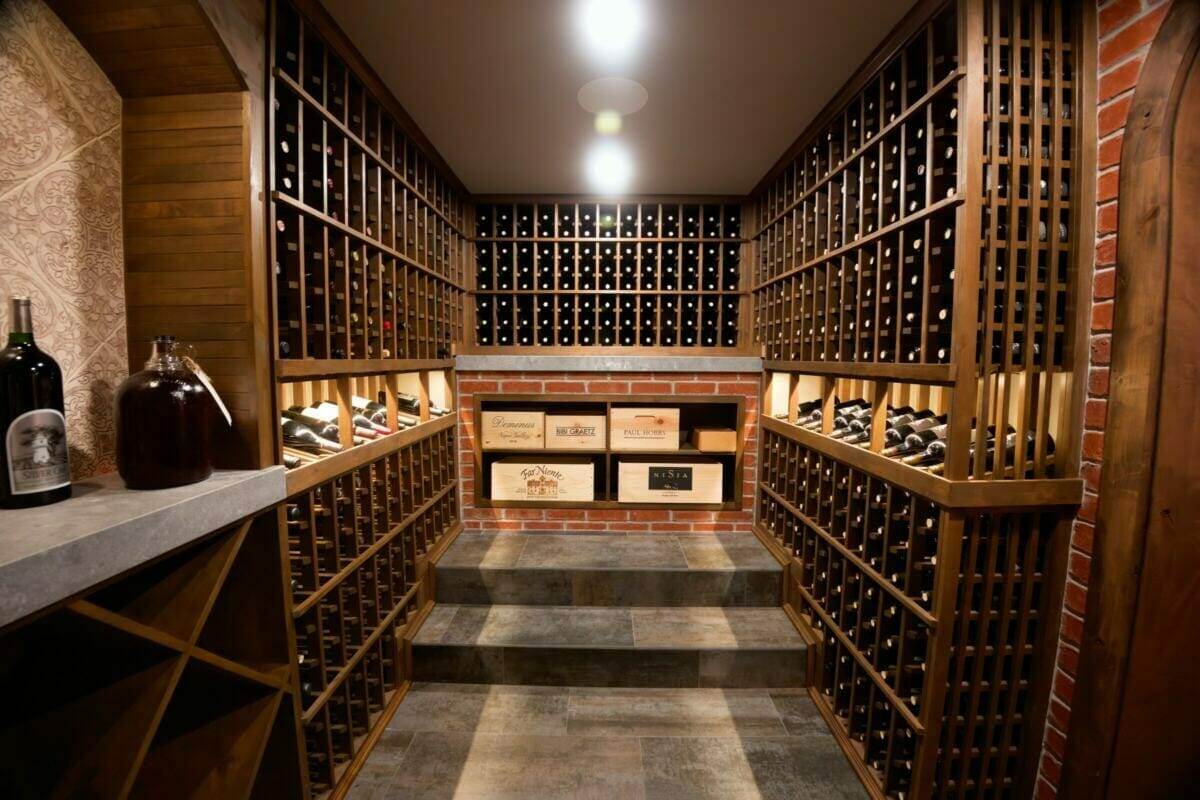
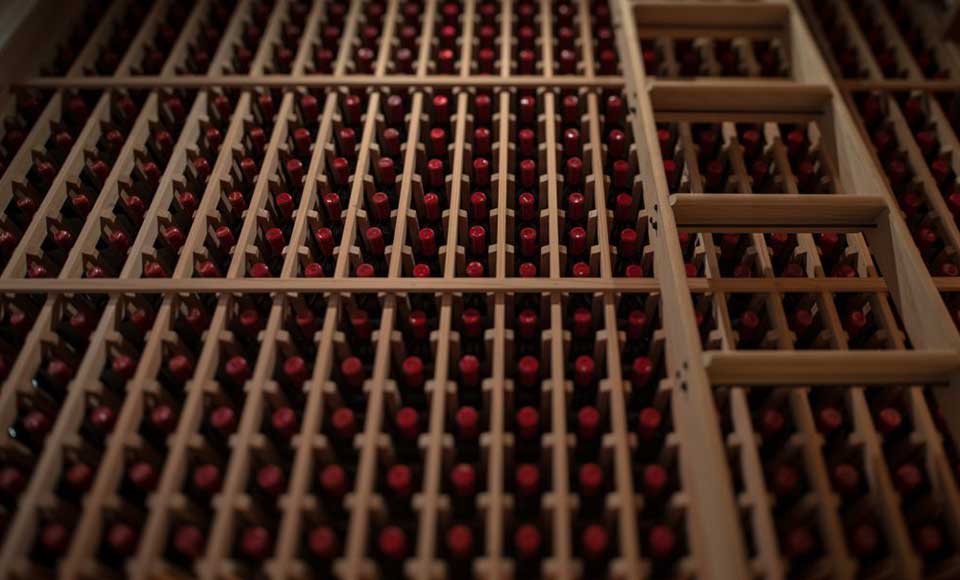
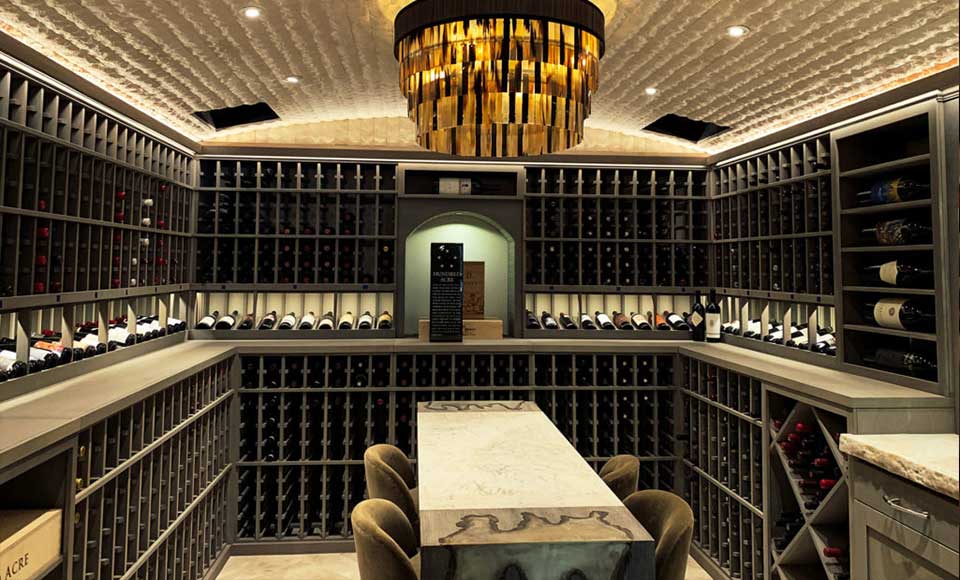
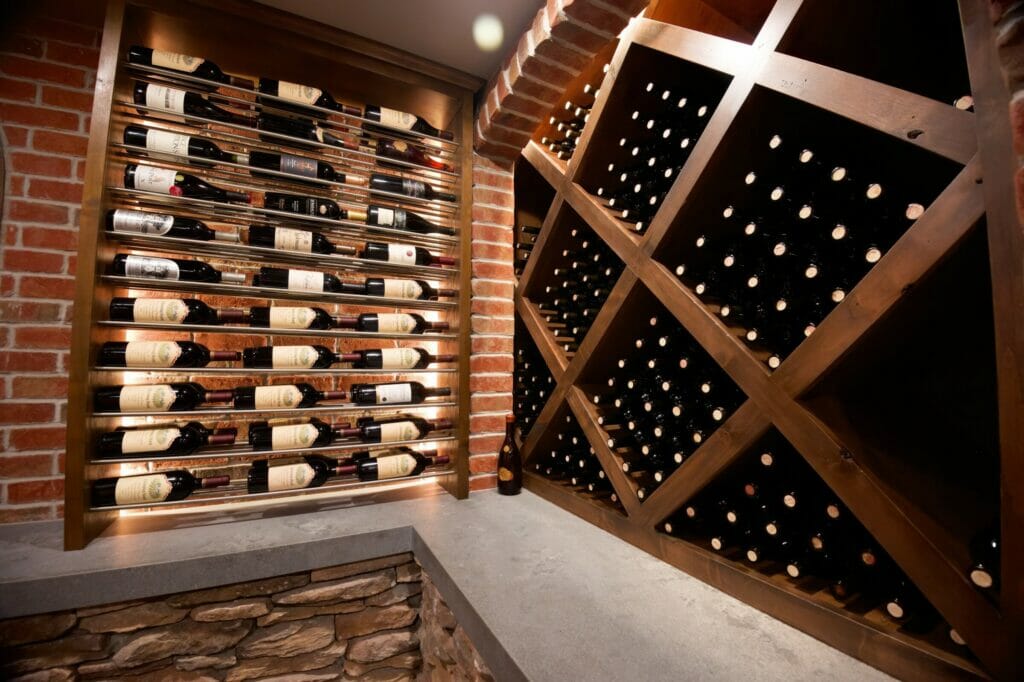

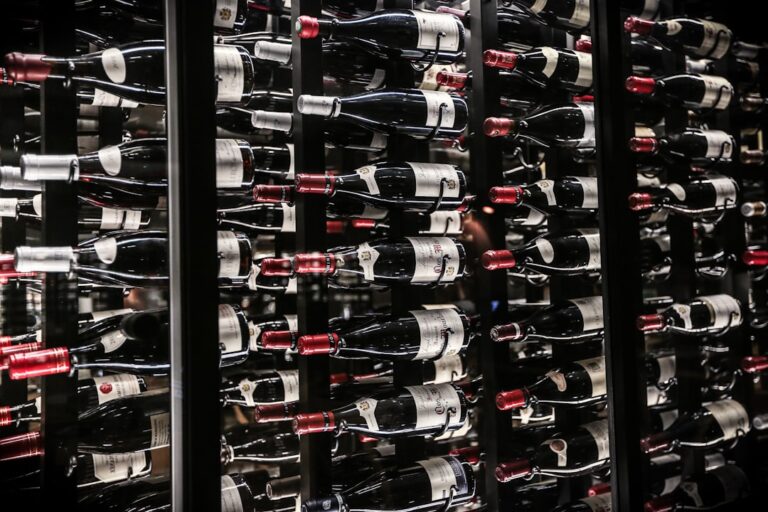
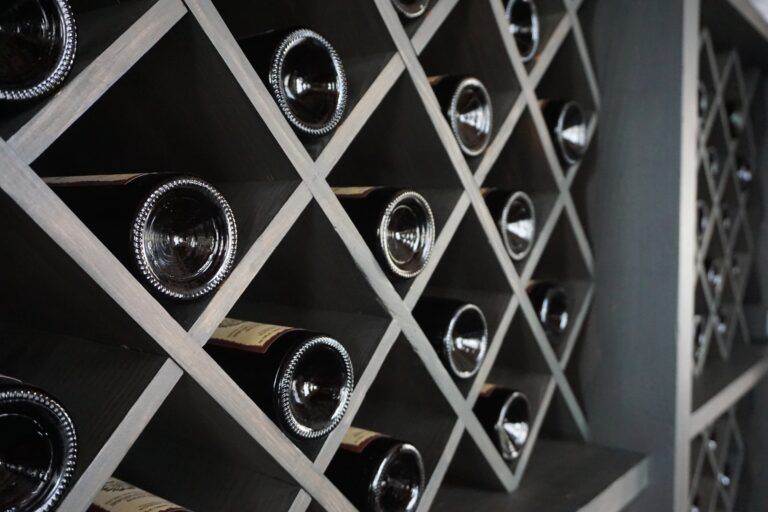
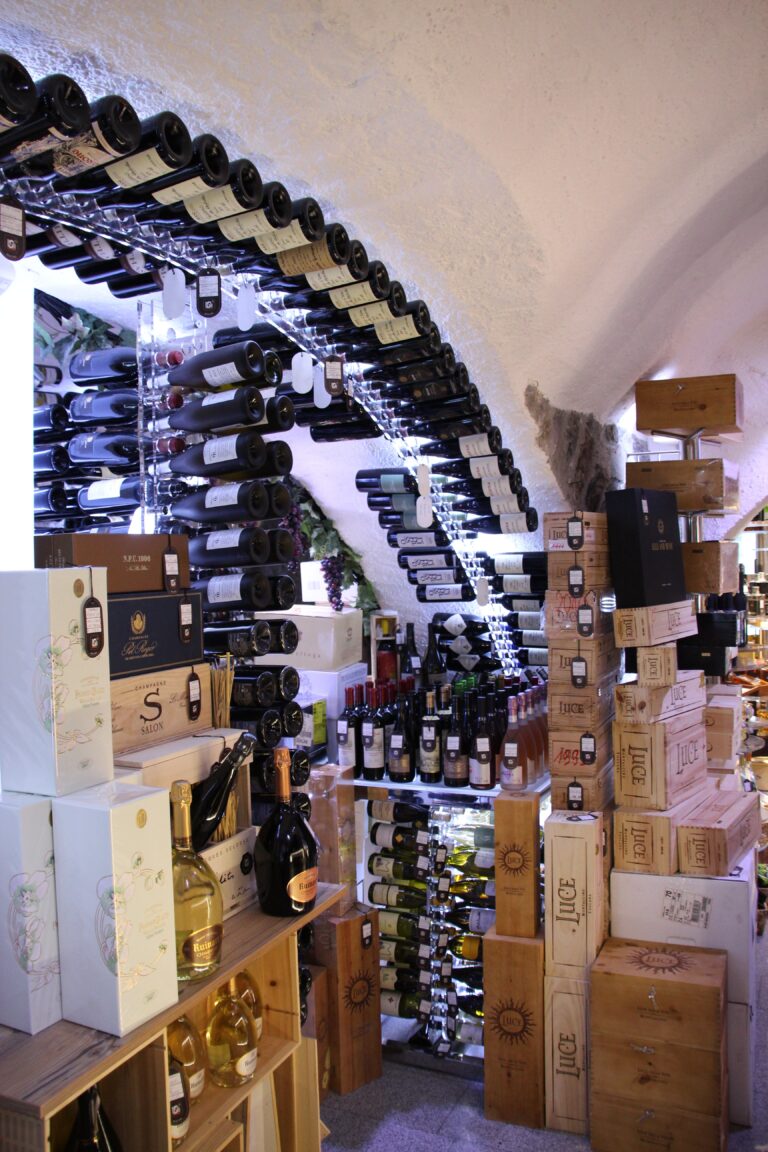
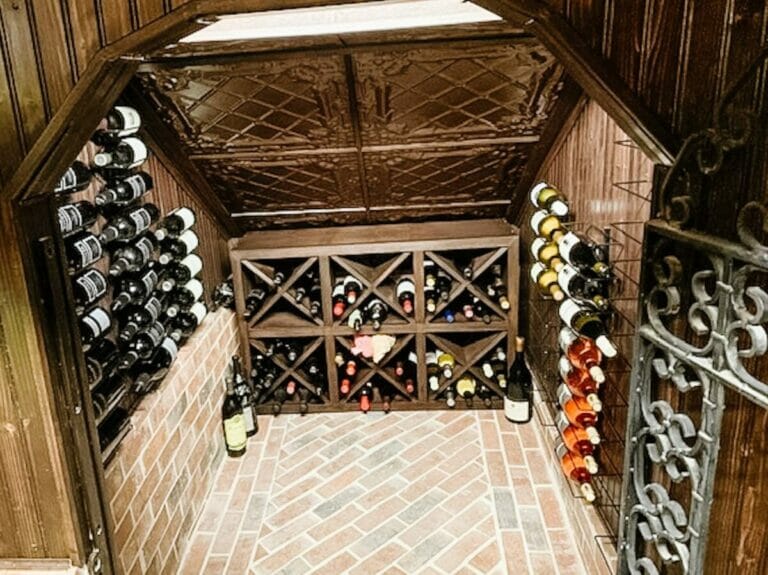

This is my first time go to see at here and i am really impressed to read all
at one place.